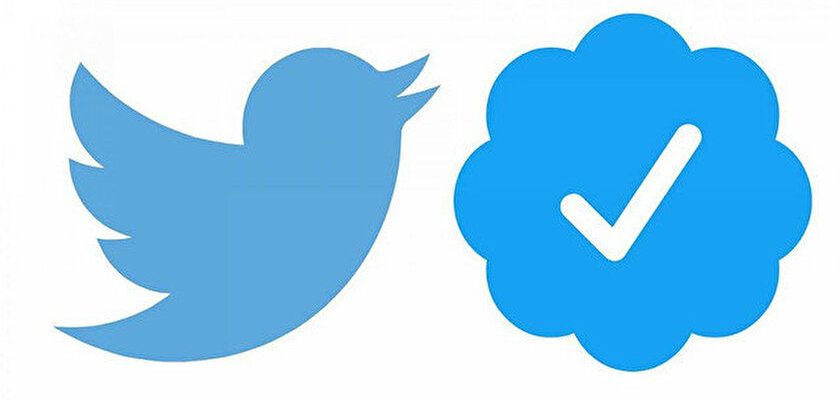Announced recently, Twitter has started its content producer revenue sharing program. The revealed details of the program also reveal the problems.
We wrote in the past days that the dream of those who want to make money from Twitter is everything. The details and glitches of this program are slowly starting to emerge.
Revenue sharing model for Twitter creators
Twitter has launched a new revenue-sharing program to keep its content creators against Instagram Threads and other competitors. Under this program, creators will receive a share of the ads shown in replies to their tweets. In the first phase of the program, a budget of 5 million dollars was allocated and the payments started to be made as of February. In this way, some content producers were able to earn 4 and 5 digit numbers.
Some problems have arisen in the program
However, the program also has some problems. For example, accounts with “animals or fictional characters” in their profile were not eligible for this program, as per an old Twitter policy. This caught the attention of a Twitter user named “Battle Beagle” and conveyed this to Musk. Musk also canceled this policy, saying it was “ridiculous”.
Another problem was that Verified users reached their address limit very quickly. Musk said that he is also aware of this problem and that they will increase the address limit by 50% for Verified users.
Musk took action to fix problems
Musk also recently announced plans to share ad revenue from Twitter’s profile page views. This will double the earnings of content producers.
The program is seen as leverage against Twitter’s rivals
Twitter’s revenue sharing program is a new revenue stream for creators. Creators will receive a share of the ads shown in replies to their tweets. This will provide creators with an opportunity to earn more money. But since this program is still new, there are some uncertainties. For example, it is not yet clear how much content creators can earn. In addition, it is not yet clear exactly how the program will work. These uncertainties can be a disadvantage for creators.
This new revenue-sharing program of Twitter is seen as a trump card against the company’s competitors. In particular, the popularity of Instagram Threads in a short time was enough to trigger Twitter. Let’s see if this program will be enough to keep Twitter’s content producers.
